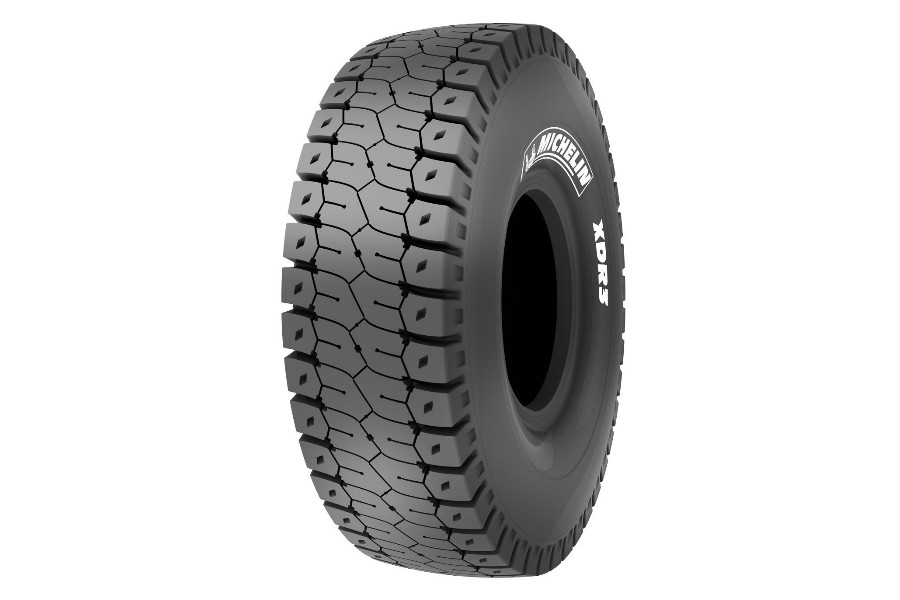Mobile and Semi-mobile crushers the eco and economical option

Metso is currently expanding its interests into in-pit crushing and conveying in Africa’s open cast mining industry.
“Our market for this equipment is huge in the US, Australia and Europe,” says Charles Ntsele, general manager, Mining Sales, Metso South Africa, “As it is far more economical, safer and less harmful to the environment due to the drastic reduction of dump truck traffic.”
Conveying ore and waste in the most efficient and environmentally friendly way is critical to the operation of any open-pit mine, albeit that the initial outlay is a bigger investment with payback realised quite rapidly. As mines get deeper, more difficult and expensive to navigate out of the depth, the biggest advantage to in-pit crushing and conveying is that primary crushing takes place in the pit with the crushed material conveyed to the next processing phase.
According to Nstele, it is an investment now and save later offering with solutions applicable to both greenfields and expansion projects in existing mines. “We have fully mobile plants which are ideal for instances when pits are mined out, as it has the element of bailing all the crushing equipment and setting it up at the next plant.”
An example is a mine in Sub-Saharan Africa where the pits are lucrative, but shallow and there are many pockets of them. The mobility of the equipment comes into play in a big way in this environment.
In a conventional open-pit mine or quarry, primary crushing is often synonymous with a parade of dump trucks driving around, generating dust, noise and consuming excessive amounts of fuel. A drill-and-blast team blasts the shot and develops a muck pile.
A front-end loader, hydraulic shovel or backhoe excavator at the muck pile loads the dump trucks, which transport the rock to a fixed primary crusher. This translates to a large number of trucks and people moving between the blast site and the fixed crushing plant, generating unnecessary CO2 and dust emissions as well as exposing the workers to potential injuries caused by the traffic.
In a fully mobile in-pit crushing and conveying system, an excavator located on the muck pile loads material directly into the hopper of a mobile crushing plant, instead of feeding a dump truck. Crushed rock is then transported to an in-pit belt conveyor via mobile conveyors.
The conveyor carries crushed rock from the mobile crusher to the fixed secondary crushing plant for further processing, no dump trucks are required. This cuts operational costs, reduces emissions and helps prevent traffic-related injuries: a conveyor has no exhaust pipe, nor does it need a driver.
When blasting is performed, the mobile primary crusher and the mobile conveyors move to a safe distance. After the blast, a wheel loader cleans the floor and the crusher moves to the new muck pile. Operation resumes with minimal production downtime.
Both the ore and the waste rock can be crushed and conveyed from the pit with the designs that allow for a variety of factors. One of these is the stripping ratio and ore blending requirements, which means that solutions for waste handling and ore handling are individually designed.
If waste rock has to be crushed and conveyed, this is the most economical method and money is saved by not spending on hauling waste. Pit crushing and properly sorting the waste rock also enables it to be used at backfill and for other site infrastructure purposes and prevent it from entering the other phases of the process such as grinding which has significant impact on profits per ton.
These systems are supported by Metso’s Life Cycle Services. This supports mines and quarries to improve maintenance, operational efficiency and longevity of their equipment. It is a long term partnership to keep efficiency and production targets at a premium, minimise downtime and lower operating costs.


